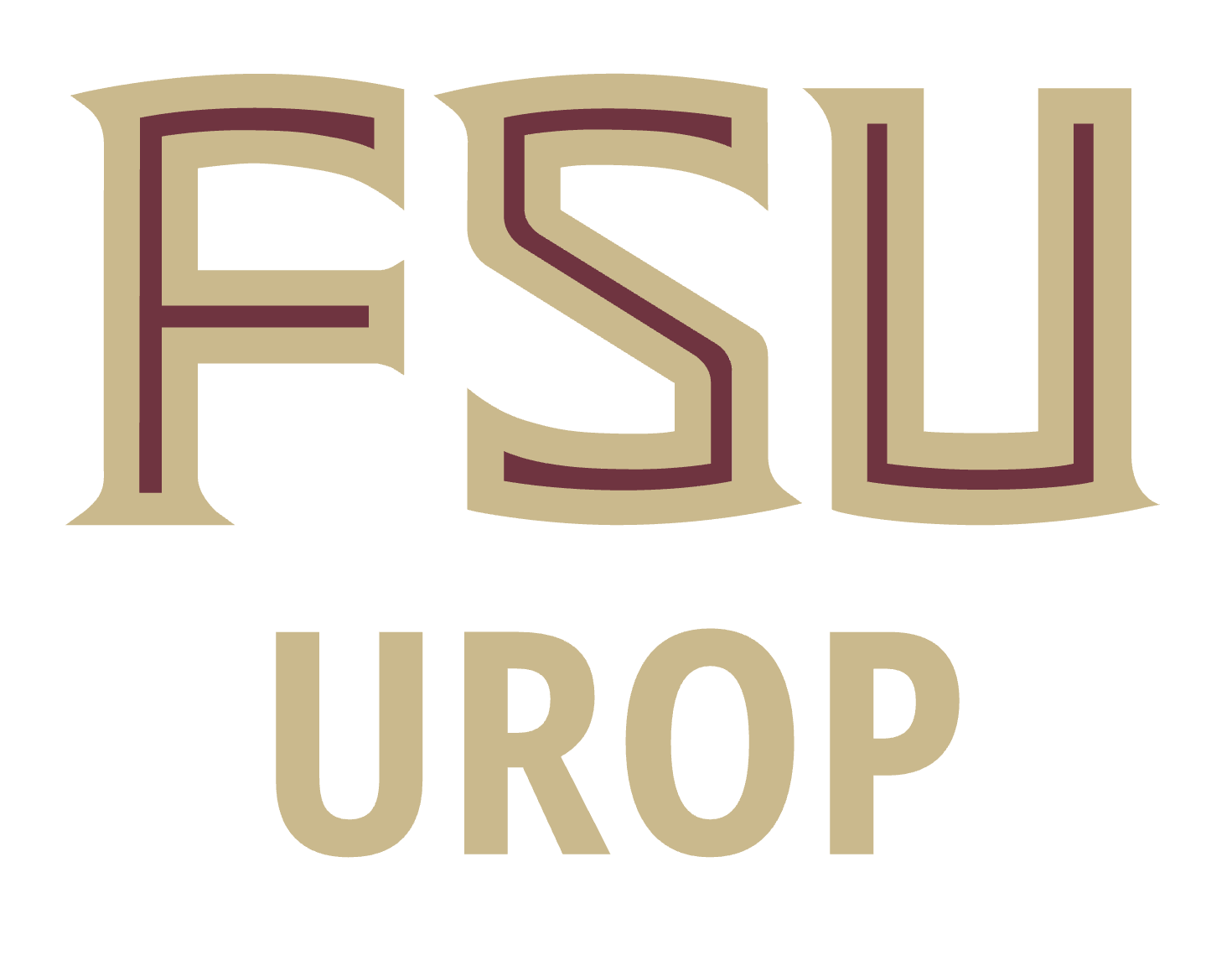UROP Project
Encapsulating healthy fats: toward better oil preservation, delivery, and absorption
Encapsulation; healthy fats; Pickering emulsion; plant protein; nanocellulose

Research Mentor: Yimin Mao, Prof.
Department, College, Affiliation: Chemical and Biomedical Engineering, FAMU-FSU College of Engineering
Contact Email: yimin.mao@eng.famu.fsu.edu
Research Assistant Supervisor (if different from mentor):
Research Assistant Supervisor Email:
Faculty Collaborators: Zi Teng Dr.
Faculty Collaborators Email: zi.teng@usda.gov
Department, College, Affiliation: Chemical and Biomedical Engineering, FAMU-FSU College of Engineering
Contact Email: yimin.mao@eng.famu.fsu.edu
Research Assistant Supervisor (if different from mentor):
Research Assistant Supervisor Email:
Faculty Collaborators: Zi Teng Dr.
Faculty Collaborators Email: zi.teng@usda.gov
Looking for Research Assistants: Yes
Number of Research Assistants: 2
Relevant Majors: Chemical Engineering; biomedical engineering; chemistry; mechanical engineering; materials science and engineering; food science
Project Location: FAMU-FSU College of Engineering
Research Assistant Transportation Required: campus shuttle Remote or In-person: In-person
Approximate Weekly Hours: 6, Flexible schedule (Combination of business and outside of business. TBD between student and research mentor.)
Roundtable Times and Zoom Link:
Not participating in the roundtable
Number of Research Assistants: 2
Relevant Majors: Chemical Engineering; biomedical engineering; chemistry; mechanical engineering; materials science and engineering; food science
Project Location: FAMU-FSU College of Engineering
Research Assistant Transportation Required: campus shuttle Remote or In-person: In-person
Approximate Weekly Hours: 6, Flexible schedule (Combination of business and outside of business. TBD between student and research mentor.)
Roundtable Times and Zoom Link:
Not participating in the roundtable
Project Description
Many polyunsaturated fatty acids (PUFAs), such as Omega-3 fatty acid, play a pivotal role in human health. Convincing evidence has shown that lack of these PUFAs is often associated with chronic diseases such as cardiovascular disease, diabetes, cancer, Alzheimer’s, etc. However, PUFAs belong to the type of ‘fragile oil’; and as the name suggested, they are prone to becoming rancid due to various oxidation processes. Thus, it is critical to protect the oils so that the chances of being exposed to oxidative species are reduced. This is the reason why commercially available fish oil supplements are often sold in the form of capsules.When developing materials and methods for PUFA encapsulation, one also needs to consider delivery efficiency and oil absorption by the human body. It’s known that fats need to be emulsified into small droplets in digestive tracts to allow enzymes to efficiently break them down for us to absorb. Therefore, compared with macro-encapsulation (e.g., supplement capsules), micron-sized (in the order of 10^-6 m) nutrient droplets are much easier for human digestion.
This project concerns developing Pickering emulsion for PUFA encapsulation, with the ultimate goal being to extend PUFAs’ shelf life, facilitate delivery and absorption. For Pickering emulsions, oil droplets are dispersed in the water phase, stabilized by solid particles attached to the interface between oil and water. We will use two types of solid particles to create Pickering emulsion: 1) plant proteins extracted from soybean, sunflower, or silflower seeds, mimicking the oleosome structure of those oilseeds; and 2) cellulose nanocrystals (nano particles extracted from wood cell wall). These two stabilizing particles are “all natural”. Omega-3 fatty acids (rich in fish oils) will be used as a model compound. In addition, we will apply similar methods to encapsulate squalene, a polyunsaturated oil with significant benefits to cardiovascular and skin health. Emulsion morphology, texture, and stability will be examined.
This is a collaborative work with Dr. Zi Teng at USDA-ARS, National Center for Agricultural Utilization Research; Selected students will have chance to interact with USDA scientists in various aspects of agriculture, food and nutrition, and how they are associated with human well-being.
Research Tasks: A) Preparing Pickering emulsion
B) Emulsion characterization: structure and stability
C) Data presentation
Skills that research assistant(s) may need: Motivation is THE most critical skill. General lab operation skills are recommended but not required. Students will be trained with the needed skills during the project.
Mentoring Philosophy
A) Task Modularization. Mentor and the student will discuss to understand the nature of the problem and divide a "big" problem into small pieces each manageable and with foreseeable boundary, allowing the student to see progress throughout the project. Students will feel achieved during the course and will have a presentable package when wrapping up the project.B) Working smart. The students will NOT be asked to conduct matrix experiments with multiple control parameters varying; rather, mentor will discuss with the student, identifying the key question that needs to be addressed, and performing critical experiments to attack.
C) Learning by doing. The students will be encouraged to perform educated trial experiments to help understand the nature of the problem or test their hypothesis. Discussion with mentor is always encouraged, to avoid students “overthink”.

